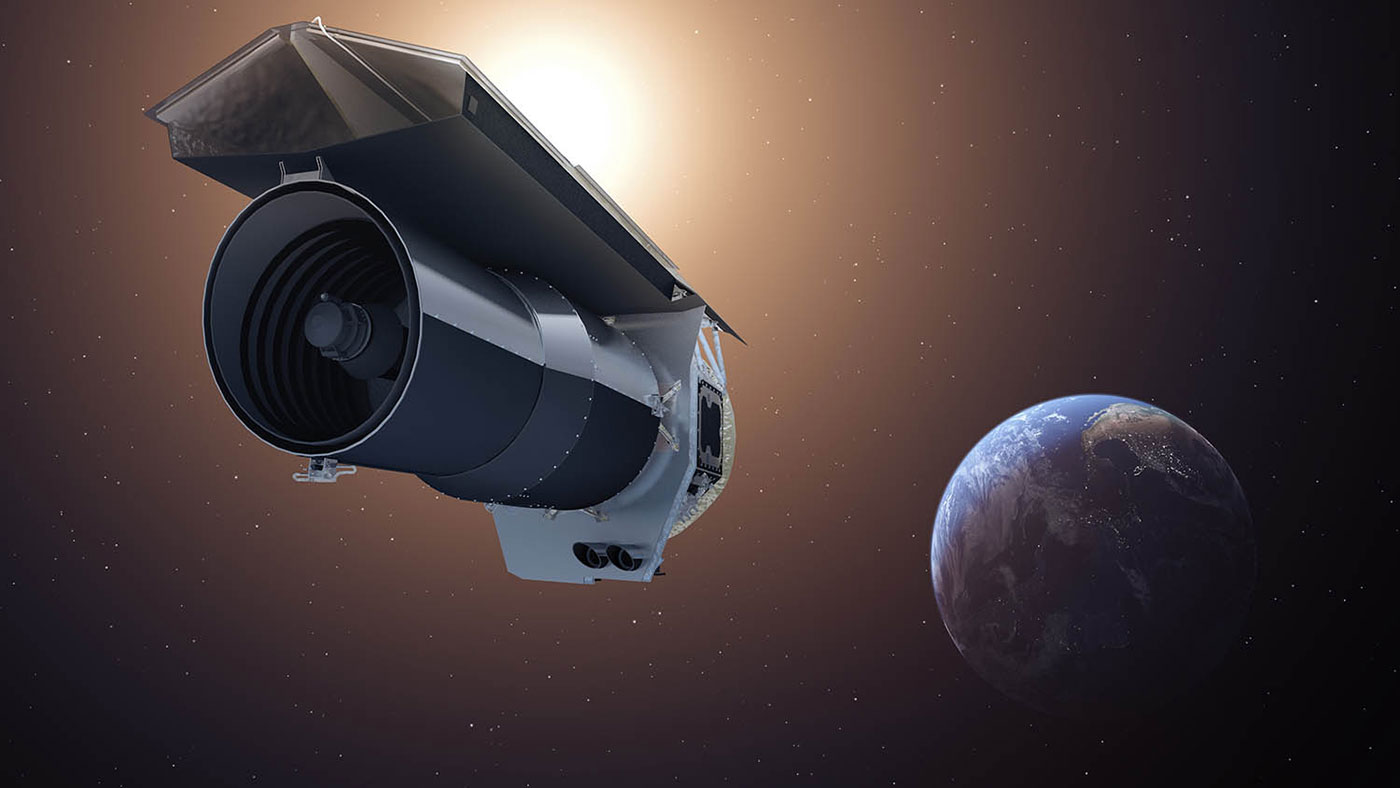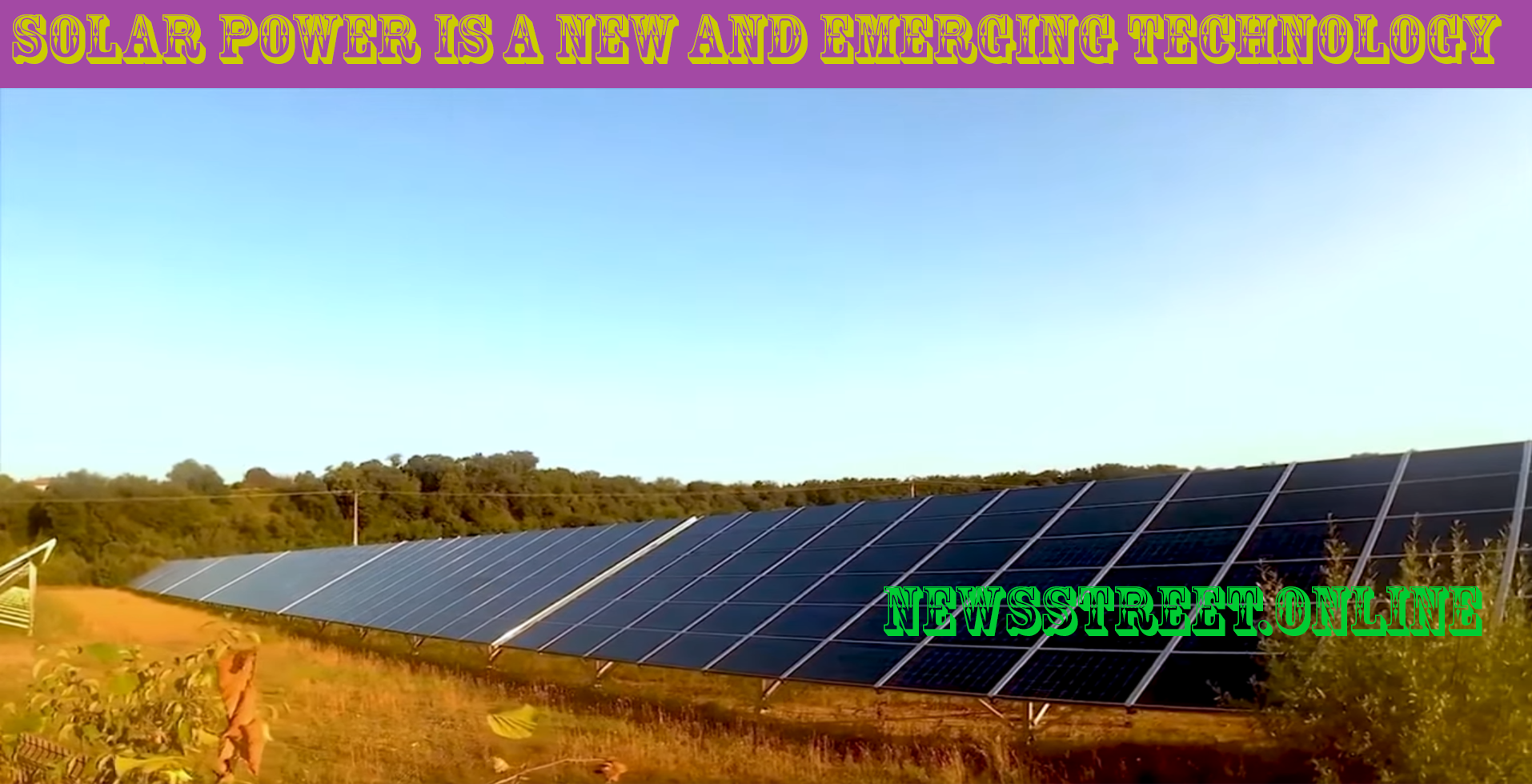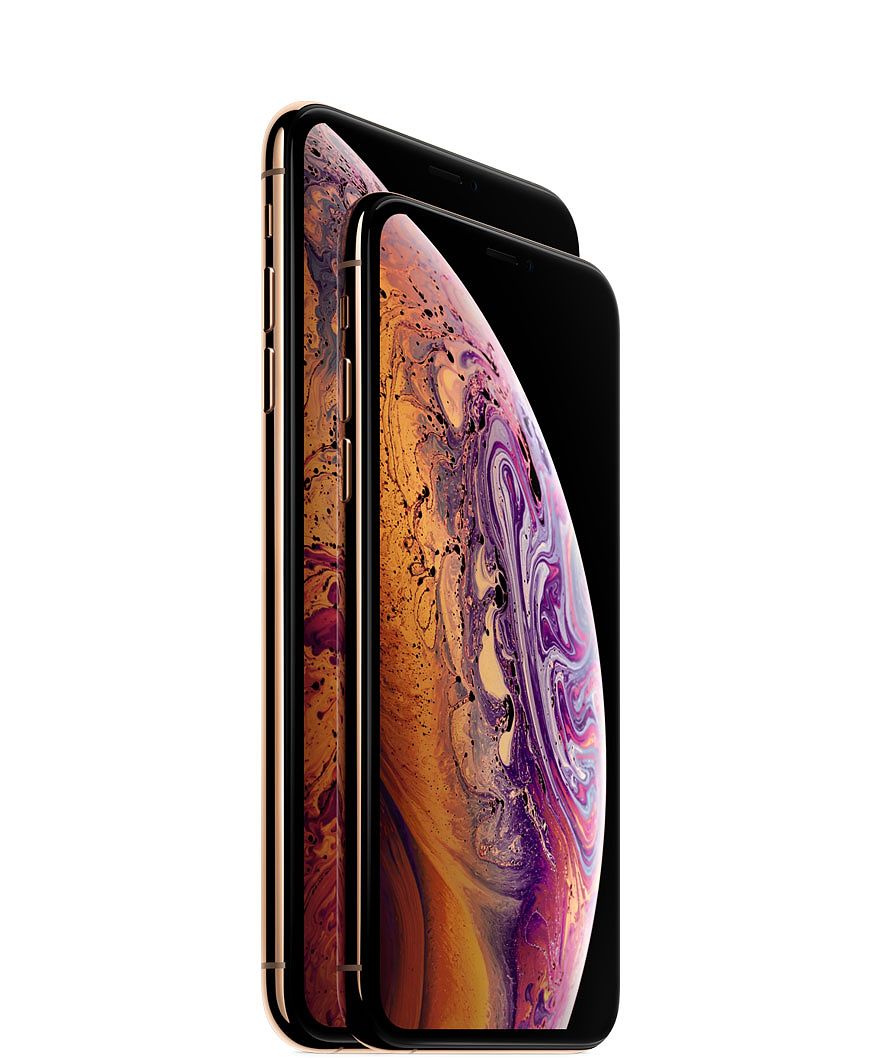NASA Technology 2019
NASA Technology 2019 Innovation and technology has been required to enable exploration and pioneering throughout the history of the human race and there are challenges cast in three different categories.Our challenge is: we have to get there, we have to land there and we have to live. There is a large logistical challenge in staging the systems we need in orbit that makes sense and then getting those systems to where we’re going, Mars, and then crew transport and all the logistics that goes NASA Technology 2019
around that and so you’ll see in situ resource utilization living off the land, you can get a huge benefit and a large gear ration with respect to architectures and affordability and reliability if we can do as much living off the land as we can do. We have a
challenge out there right now call the 3D-printed habitat challenge which is looking at producing components and assembling them into a structure or habitat using Martian regolith or dirt, soil and waste, garbage, plastics.
NASA Technology 2019

We used the International Space Station as a
testbed for technologies. You’ve had multiple robotics technologies, a technology called SEXTANT that’s using pulsars for precision navigation that’s going on the station, et cetera, we’ll continue to do that the life of the station. We’re developing with JPL the deep space
atomic clock for precision navigation in space and other uses. Our first mission kind of beyond low-earth orbit is the Asteroid
Redirect Robotic mission which is part of ARM, the Asteroid Redirect mission. So high-power solar electric propulsion, done a lot of work there in recent years building on previous work, bso hull-effect thrusters with magnetic shielding
to improve lifetime and reliability. Also we’ve developed with two companies, large area deployable solar arrays to provide the energy and power for the high power solar electric propulsion. Lots of work in entry, descent and landing technology. So MSL,
Curiosity landed about one metric ton to the surface of Mars but we’re at the limit of what we can do that
architecture. One metric ton is it, it doesn’t scale higher and if you look at the architectures that we’re looking for human exploration we could be talking about 23 metric tons of the surface, 28 or even up to 40 and that’s driven by the the
ascent vehicle, a vehicle to get crew of the surface.
And so we’re looking at a suite of technologies, supersonic retropropulsion and also advanced chutes and
inflatables. Looking at inflatables and deployables for hypersonic aerodynamic deceleration,
HIAD and ADEPT. We developed a woven thermal protections system, AMES did.
We have
a very robust small spacecraft technology
program and we have four missions
coming up and we’re going to demonstrate some really interesting
technologies in the next six to nine
months and then we’ve got our second flight
of both the inflatable decelerator and the
parachute maybe something for a Mars
sample return type ascent vehicle.

